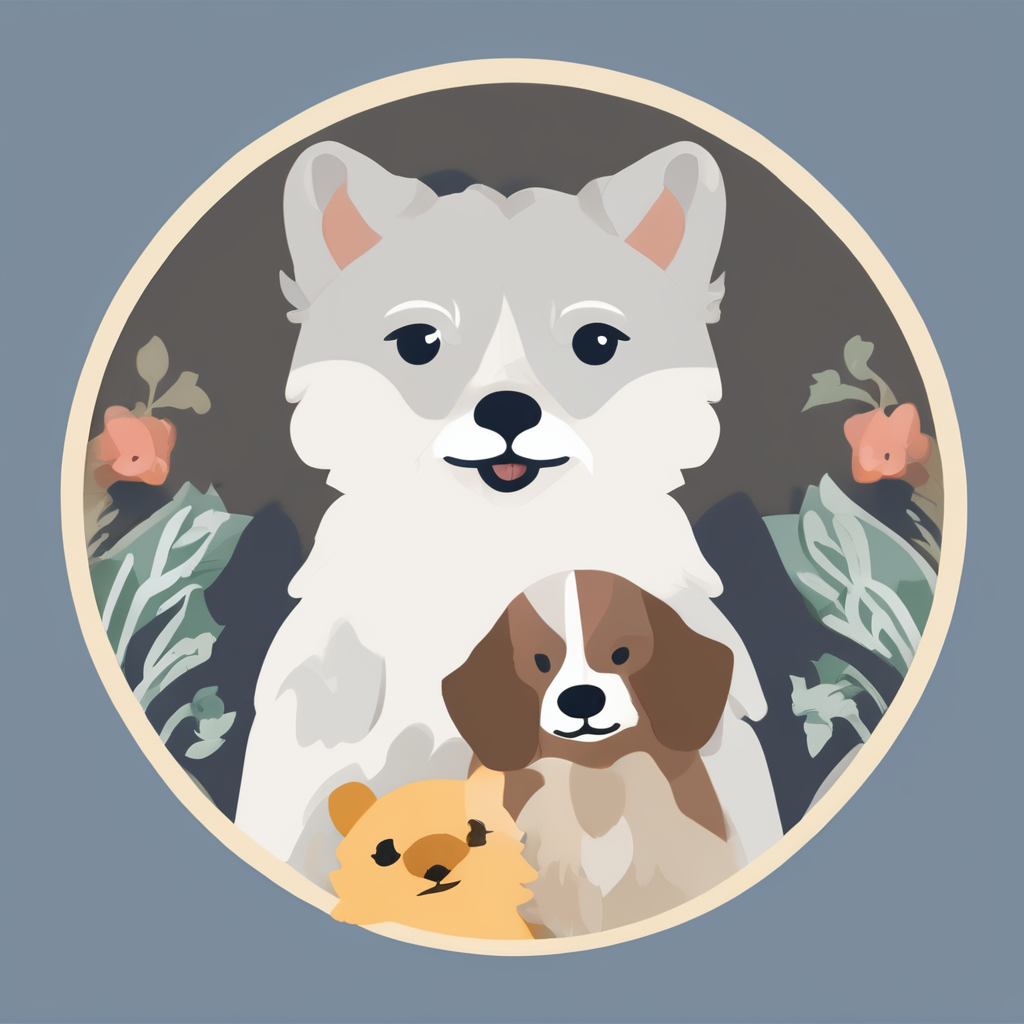Best UK Dog Breeds for Families with Children
Choosing from UK family-friendly dog breeds requires focusing on temperament and compatibility with children. Child-safe dog breeds typically exhibit patience, gentleness, and a tolerant nature, making them ideal companions for young family members. Among British dog breeds for kids, the Labrador Retriever, Cavalier King Charles Spaniel, and Border Collie stand out for their affectionate and playful behavior.
Temperament is crucial when selecting a breed. Dogs that are calm, sociable, and adaptable tend to integrate well into family life, reducing risks of stress or aggression around children. For instance, Labradors are known for their friendly disposition and easy training, which suits energetic family routines. The Cavalier King Charles Spaniel is gentle and loves attention, making it another excellent child-safe option.
Have you seen this : How Can Understanding Dog Body Language Enhance Your Relationship with Your Pet?
In summary, prioritising child-safe dog breeds among British varieties means looking into each breed’s personality traits and how they match your family’s lifestyle. This focus ensures children and dogs coexist harmoniously, fostering lasting bonds and joyful experiences.
Top UK Dog Breeds Suited for Families
When choosing the best dog breeds for children in the UK, temperament and adaptability are crucial. The family dog UK options that excel in these areas provide loving companionship and are generally patient with kids. Popular UK dog breeds like the Labrador Retriever and Golden Retriever stand out for their friendly nature and intelligence, making them ideal for active families.
Topic to read : What Are Common Reasons for Behavioral Changes in Dogs?
The Cavalier King Charles Spaniel is another favourite, known for its gentle temperament and ability to adapt well to smaller living spaces. For families seeking a more energetic breed, the Staffordshire Bull Terrier offers loyalty and affection, often thriving with children despite stereotypes.
The Border Collie is intellectually sharp and requires considerable activity, which suits families eager to involve dogs in outdoor play. Lastly, the Beagle combines curiosity and sociability, making it a lively and engaging family dog.
Each of these breeds represents the popular UK dog breeds preferred for families due to their loving qualities and capacity to fit various lifestyles.
Temperament and Suitability for Children
Exploring dog breed temperament and child-friendly qualities
When choosing safe dogs for kids, understanding dog breed temperament is crucial. Breeds known for patience, gentleness, and playful nature naturally suit households with children. For example, many retrievers and spaniels exhibit these child-friendly traits, making them popular family companions.
However, temperament alone doesn’t guarantee suitability. Early socialisation plays a key role in helping dogs become comfortable and well-behaved around children. Introducing safe dogs for kids to varied social situations reduces fear and aggression risks. Equally important is consistent supervision; even the most docile dogs can react unpredictably if frightened or provoked.
Parents should consider breeds with proven tolerance to active, unpredictable behavior typical of children. Recognizing that every dog is an individual, regardless of breed, encourages responsible care. Selecting dogs known for gentle dispositions paired with proper socialisation and active supervision creates a safe, positive environment where both children and pets thrive.
Size, Activity Level, and Living Environment Considerations
Choosing the right dog involves balancing size and activity level with your family’s living environment. Small family dogs often thrive in apartments or smaller homes. They tend to be easier to manage indoors, requiring shorter walks. Medium family dogs, meanwhile, offer more versatility; they suit families with yards or access to parks, providing a comfortable blend of energy and space needs.
Active dog breeds demand regular exercise and mental stimulation to stay happy. If your family enjoys outdoor activities or has an energetic lifestyle, these breeds can be wonderful companions. However, integrating active dog breeds into a low-activity household might lead to behavior challenges.
On the other hand, low-maintenance dog breeds often combine moderate exercise needs with calm temperaments. They adapt well to families with busy schedules or quieter routines. Understanding your family’s daily rhythm and living space helps ensure you choose a breed matching your lifestyle. This tailored approach promotes harmony and long-term satisfaction with your pet choice.
Grooming and Care Requirements
Understanding dog grooming for families is crucial, especially when balancing busy schedules and children’s needs. Regular brushing and bathing keep your pet healthy and reduce shedding—a key concern with many family dogs. For instance, breeds recommended as low-allergy dog breeds UK often require specific grooming routines to maintain their coat and minimize allergens.
Some breeds, like poodles and bichon frises, benefit from professional grooming every 4 to 6 weeks. This prevents matting and keeps their coats clean, essential for families with allergy sensitivities. Meanwhile, regular ear checks and nail trims are simple dog care tips that prevent common health issues.
When managing pet care with children, encouraging responsibility is vital. Assigning age-appropriate tasks, like brushing or feeding, fosters bonding and helps maintain consistent routines. Teaching kids gentle handling and hygiene around dogs also promotes safety and respect, easing the overall care process for families.
Potential Challenges and Solutions for Families
Introducing a dog to a household with children often comes with unique challenges that require thoughtful management. One common dog breed challenge is balancing energy levels; high-energy breeds may overwhelm young children, while low-energy dogs might not engage well with active families. Understanding your dog’s personality and breed traits helps tailor your approach.
For first-time family dog owners, it’s vital to establish clear boundaries and routines. This helps children learn how to interact safely and respectfully with their new pet, reducing stress for both parties. Managing pets with children involves constant supervision during playtime to prevent accidental rough handling.
Addressing breed-specific challenges, such as shedding or sensitivity, means choosing grooming schedules and training methods that fit your family’s lifestyle. Consistent positive reinforcement encourages good behavior from your dog while fostering a loving bond. Families should also prepare for potential behavioral issues by seeking professional advice early. This approach promotes harmony and creates a safe, enjoyable environment for every family member.
Guidance on Choosing the Right Dog Breed for Your Family
Selecting a dog requires thoughtful choosing a family dog strategies tailored to your household’s lifestyle. Begin by evaluating daily routines, activity levels, and living space to ensure the breed fits your family’s needs. For instance, active families might benefit from energetic breeds, while quieter households may prefer calm, adaptable dogs.
When exploring options, connecting with reputable breeders, rescue centres, or breed clubs offers valuable insights. Meeting dogs in these settings allows you to observe temperaments firsthand. This hands-on approach aligns with essential dog adoption tips and enhances your decision-making process.
Understanding long-term commitment is critical. Different breeds come with varying care requirements, such as exercise, grooming, and health considerations. Being well-informed on these aspects helps prevent future challenges. Remember, responsible family dog advice UK emphasizes considering not only appearance but also the breed’s temperament and potential health issues to promote harmony within your home and ensure the well-being of your new companion.




